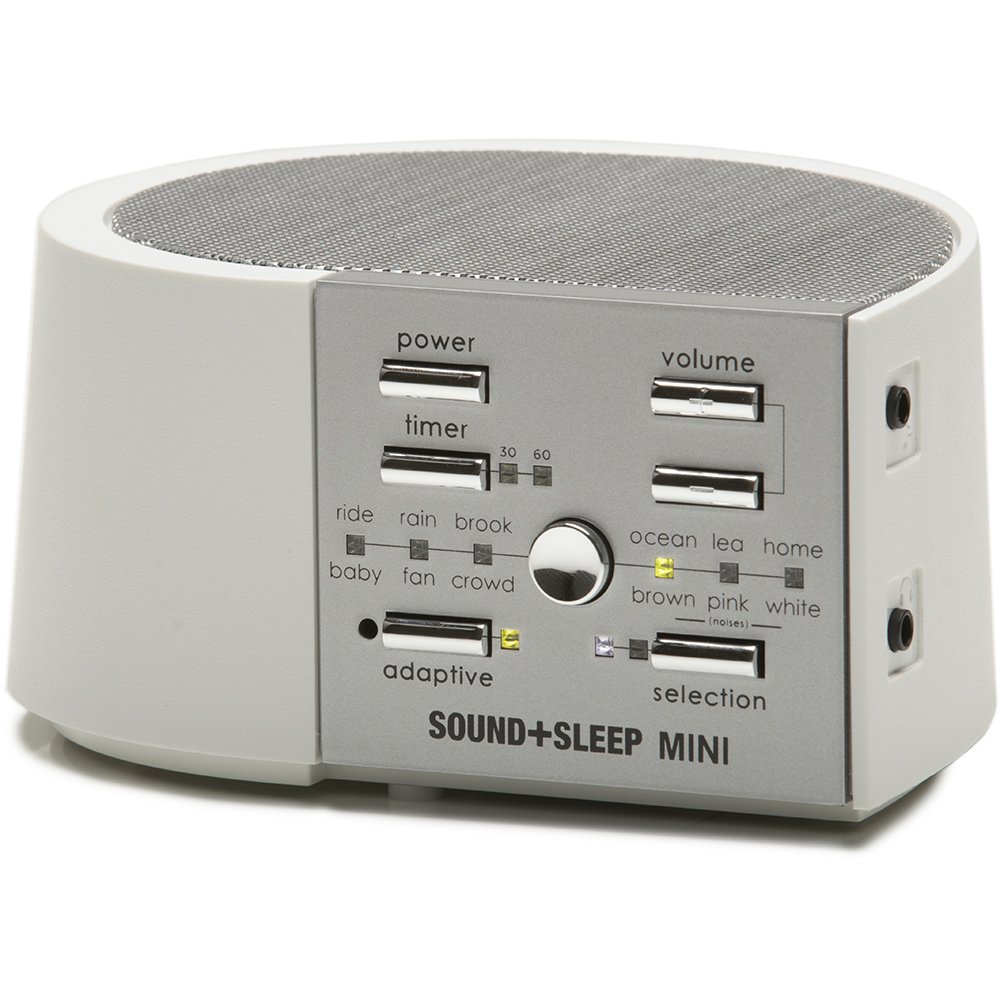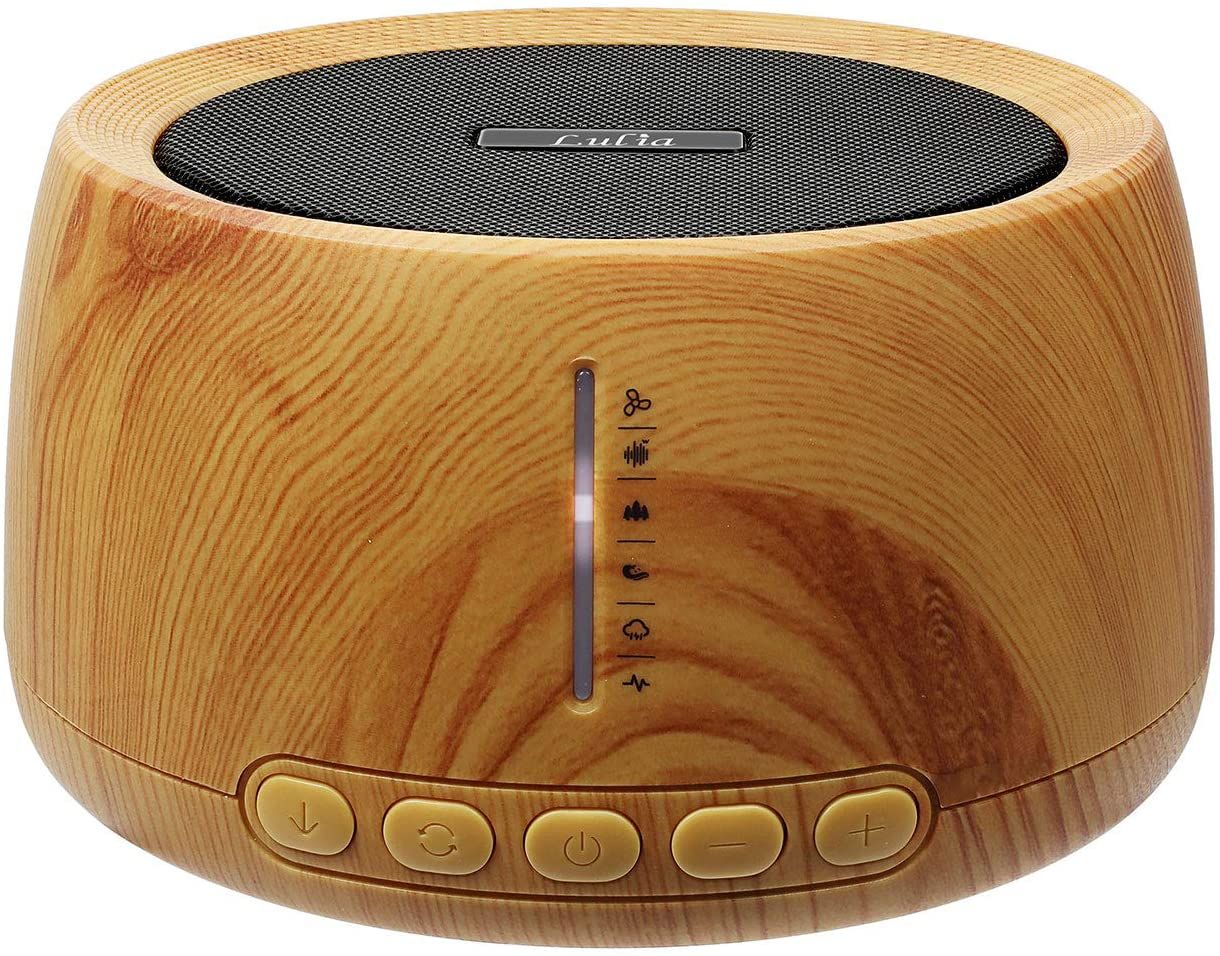

These healthcare devices can be used for self-monitoring or self-evaluation to help individuals better understand their behavior, body, and health and can be tracked and analyzed to modify individual behaviors. In the era of the Internet of Things, medical practices are connected with smartphones and wearable devices, opening an era of ubiquitous, mobile, and digital healthcare. In particular, studies worldwide have reported that the incidence or risk of insomnia has increased significantly due to various physical and psychological problems during the COVID-19 pandemic.

In addition, the National Health Insurance Service-National Sample Cohort (NHIS-NSC) from 2002–2013 showed that the annual incidence of insomnia over recent years remained steady, but the prevalence increased for the general population in Korea.

The prevalence of insomnia symptoms and diagnosis in Korea was reported to be 17–23% and 5%, respectively. About one-third of the European population is reported to have experienced one or more symptoms associated with insomnia, such as difficulty in initiating or maintaining sleep. In the United States, the annual prevalence of insomnia symptoms and insomnia disorders has been reported to be between 35–50% and 10–22%, respectively. Insomnia is a prevalent sleep problem, even in the general population without a specific medical condition. However, it became apparent that this was not always the case, and it was argued that independent insomnia can exist even if a disease was suspected to be the cause. Secondary insomnia must occur with or immediately after onset of the cause, and when the cause disappears, the insomnia must also disappear. Secondary insomnia accounts for 70–90% of insomnia, although it is not easy to differentiate primary insomnia and secondary insomnia in clinical practice. Secondary insomnia refers to that caused by other medical/psychiatric disorders or substances/drugs that without such a cause is called primary insomnia. In the past, insomnia was not regarded as an independent disease but as a secondary symptom of other disorders and insomnia was classified into secondary insomnia and primary insomnia. In clinical trials using pharmacological or non-pharmacological treatment for insomnia, sleep latency less than 30 min was an indicator of effectiveness. A sleep onset latency less than 30 min is considered a good indicator of sleep and the most defensible quantitative factor in clinical practice.

Short sleep onset latency is one of the most important aspects of good sleep. On the other hand, poor-quality sleep causes not only daytime fatigue and sleepiness, but also emotional issues and can even induce sicknesses such as heart disease, hypertension, anxiety, and depression. Quality nocturnal sleep is related to a variety of quality performances in our lives, including maintaining health and improving outcomes at work. However, it is anticipated that devices or applications with proven ability to induce sleep clinically will begin to appear outside the hospital environment in everyday life. For now, the current clinical method of receiving drugs or cognitive behavioral therapy to induce sleep is expected to dominate. The auditory stimulations were divided into (1) colored noises such as white noise and pink noise, (2) autonomous sensory meridian response sounds such as natural sounds such as rain and firewood burning, sounds of whispers, or rubbing various objects with a brush, and (3) classical music or a preferred type of music. In this review, we discuss experiments that have tested the sleep-inducing effects of various auditory stimuli currently used for sleep-inducing purposes. In particular, interest in sleep aids for people with or without insomnia but who cannot fall asleep easily at night is increasing. Recently, as interest in digital therapeutics has increased, the field of sleep engineering demands a technology that helps people obtain quality sleep that goes beyond the level of monitoring. Research in technology for monitoring sleep ranges from sleep efficiency and sleep stage analysis to sleep disorder detection, centering on wearable devices such as fitness bands, and some techniques have been commercialized and are available to consumers. The increased demand for well-being has fueled interest in sleep.


 0 kommentar(er)
0 kommentar(er)
